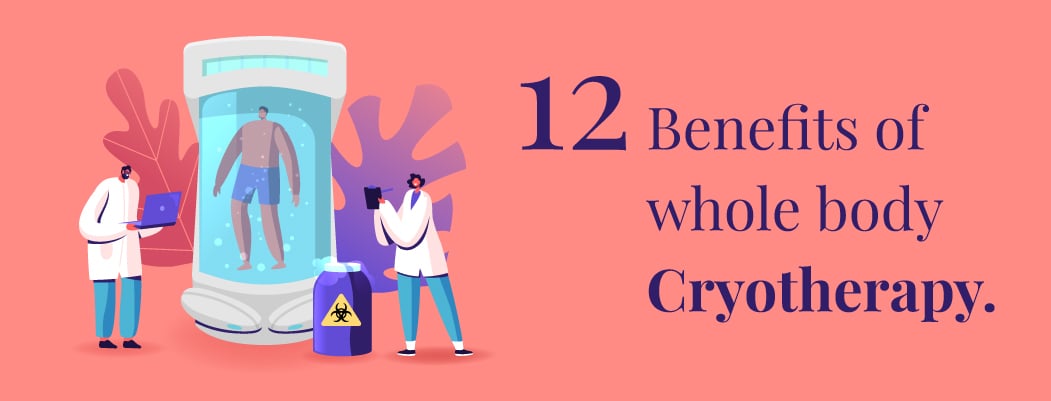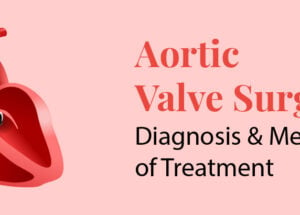How Cryotherapy Can Improve Your Health
March 3, 2023

Cryotherapy is a form of therapy that involves exposing the body to very cold temperatures for a short period of time. This therapy has been gaining popularity in recent years due to its potential health benefits.
Contents
What is Cryotherapy?
Cryotherapy, also known as cold therapy, involves exposing the body to extremely low temperatures for a short period of time. This can be achieved through various methods, including whole-body cryotherapy, which involves standing in a chamber filled with liquid nitrogen, or local cryotherapy, which involves applying cold air or a cold compress to a specific area of the body.
During cryotherapy, the body’s surface temperature drops, which causes the blood vessels to constrict and then dilate, leading to an increased flow of oxygen-rich blood to the tissues. This process can help to reduce inflammation, improve circulation, and boost the immune system.
Why do doctors use cryotherapy?
Doctors use cryotherapy as a minimally invasive therapy to remove damaged or diseased tissue caused by a range of medical conditions. Cryotherapy is usually performed without open surgery and has a fast recovery time with minimal pain. Doctors may recommend cryotherapy for conditions such as bone cancer, cervical cancer, liver cancer, prostate cancer, precancerous cells in the cervix, precancerous skin conditions, and early-stage skin cancers such as squamous cell carcinoma and basal cell carcinoma, retinoblastoma, and skin conditions like warts, skin tags, and dark spots.
How does cryotherapy work?
During cryotherapy, the healthcare provider applies extreme cold to abnormal tissue. This severe cold kills the cells and causes the tissue to die. To create the intense cold used in cryotherapy, healthcare providers use a few different substances, such as liquid nitrogen, liquid nitrous oxide, and argon gas.
Tips and guidelines for cryotherapy
Before undergoing cryotherapy, discussing any medical conditions you want to treat with the person assisting with or administering your treatment is essential. It’s also a good idea to consult your doctor before using any type of therapy. If receiving whole-body cryotherapy, wear dry, loose-fitting clothing and bring socks and gloves to protect from frostbite. Moving around, if possible, is recommended to keep your blood flowing during therapy. If you’re getting cryosurgery, your doctor will discuss specific preparations with you beforehand, which may include not eating or drinking for 12 hours beforehand.
Health Benefits of Cryotherapy
-
Reduces Inflammation
Inflammation is the body’s natural response to injury or infection, but chronic inflammation can lead to a variety of health problems, including arthritis, diabetes, and heart disease. Cryotherapy can help to reduce inflammation by decreasing the production of pro-inflammatory cytokines and increasing the production of anti-inflammatory cytokines.
-
Relieves Pain
Cryotherapy can be an effective treatment for pain relief. Cold temperatures can help numb the nerves, reducing pain and discomfort. Cryotherapy has been shown to be particularly effective for treating conditions such as arthritis, back pain, and muscle soreness.
-
Boosts the Immune System
Exposure to cold temperatures can stimulate the production of white blood cells responsible for fighting off infections and diseases. This can help to boost the immune system and reduce the risk of illness.
-
Enhances Athletic Performance
Cryotherapy has been shown to improve athletic performance by reducing muscle soreness and improving recovery time. Athletes who use cryotherapy after workouts have reported feeling less fatigued and having more energy.
-
Improves Mental Health
Cryotherapy has been shown to have a positive effect on mental health. Cold temperatures can help reduce stress and anxiety by releasing endorphins, which are natural mood-boosting chemicals.
-
Promotes Weight Loss
Cryotherapy has been shown to promote weight loss by increasing metabolism and burning calories. Cold temperatures can also activate brown fat, which is a type of fat that burns calories instead of storing them.
-
Improves Skin Health
Cryotherapy can improve skin health by increasing blood flow and oxygenation to the skin. This can help reduce the appearance of fine lines and wrinkles and improve skin tone and texture.
When to see the doctor?
You should consult your doctor if you’re considering cryotherapy as a treatment for a medical condition. Your doctor can help determine if cryotherapy is a suitable treatment option for your condition and discuss any potential risks or side effects.
If your doctor recommends cryotherapy, they may refer you to a specialist who is trained in performing the procedure. This specialist may be a dermatologist for skin conditions, an oncologist for cancer-related conditions, or another type of doctor with expertise in cryotherapy.
It’s also essential to consult your doctor if you experience any unusual symptoms after undergoing cryo therapies, such as severe pain, bleeding, or signs of infection, as this may indicate a complication that requires medical attention.
People also ask
- What are the health benefits of cryotherapy?
Cryotherapy has several potential health benefits, including:
- Reduced inflammation: Cryotherapy may help to reduce inflammation in the body by constricting blood vessels and reducing blood flow to affected areas.
- Improved recovery time: Athletes and fitness enthusiasts may use cryotherapy to speed up muscle recovery after intense workouts or competitions.
- Pain relief: Cryotherapy may help alleviate pain and discomfort caused by arthritis, fibromyalgia, and migraines.
- Improved skin health: Cryotherapy may improve skin tone and reduce the appearance of fine lines and wrinkles.
- Reduced anxiety and depression: Some people report feeling a sense of relaxation and decreased anxiety after undergoing cryotherapy.
- What happens to your body after cryotherapy?
During cryotherapy, the body is exposed to extremely cold temperatures for a short period of time. This exposure causes the body to enter a state of cold shock, which can trigger several physiological responses, including:
- Increased circulation: The body responds to the cold by constricting blood vessels, which can help improve tissue circulation and oxygenation.
- Release of endorphins: Exposure to cold temperatures can trigger the release of endorphins, which are natural painkillers and mood boosters.
- Reduced inflammation: Cryotherapy may help to reduce inflammation in the body by constricting blood vessels and reducing blood flow to affected areas.
- Increased metabolism: The body may burn more calories after cryotherapy as it works to warm itself back up.
- Is it good to do cryotherapy every day?
It is generally not recommended to do cryotherapy every day. While cryotherapy is generally considered safe, there are potential risks and side effects associated with frequent or prolonged exposure to extremely cold temperatures.
Additionally, there is limited research on the long-term effects of cryotherapy. It is unclear whether daily or frequent use of cryotherapy provides any additional benefits beyond those achieved with occasional use.
If you are considering using cryotherapy as a regular part of your wellness routine, it is important to discuss your plans with your doctor to determine if it is safe and appropriate for your individual needs and health status.








